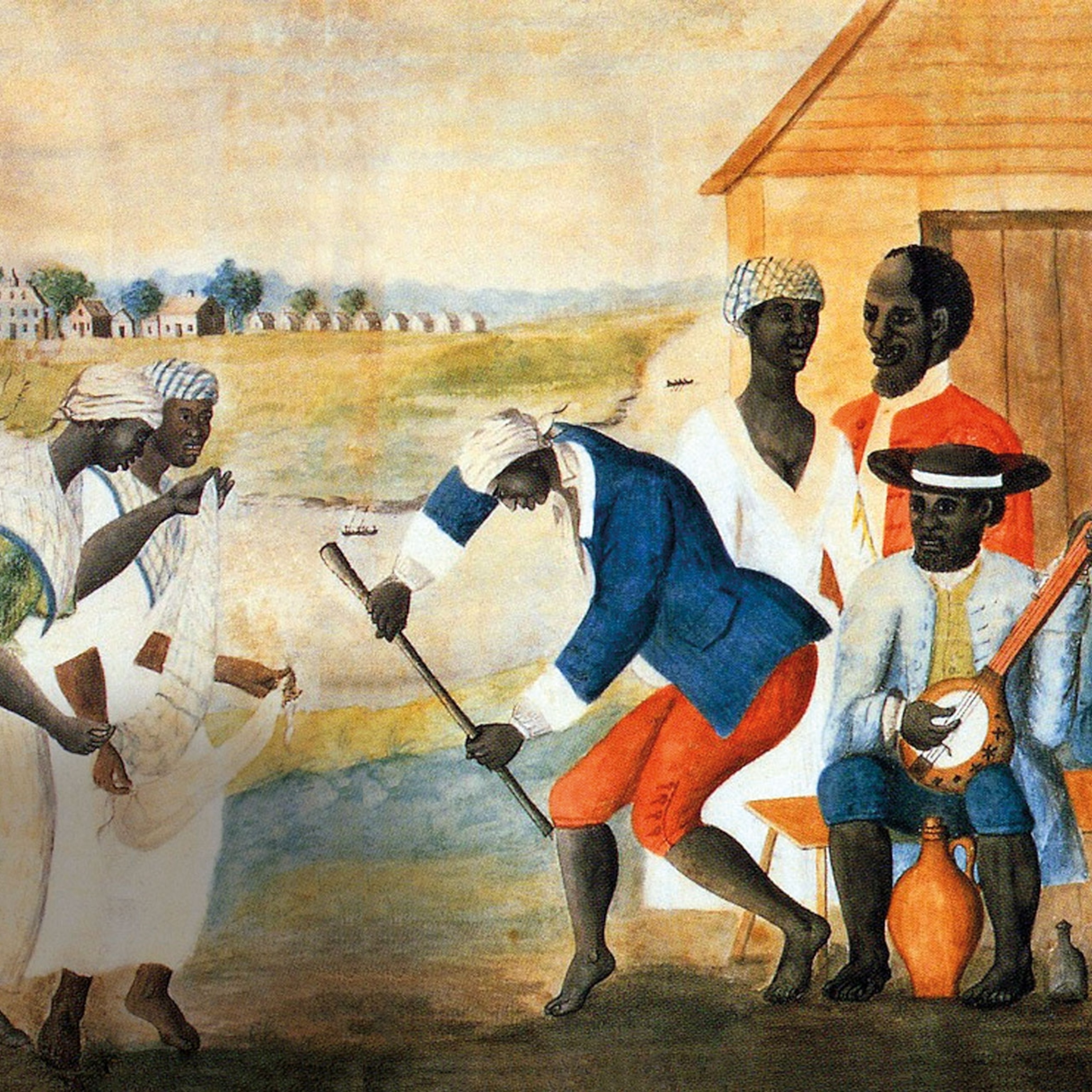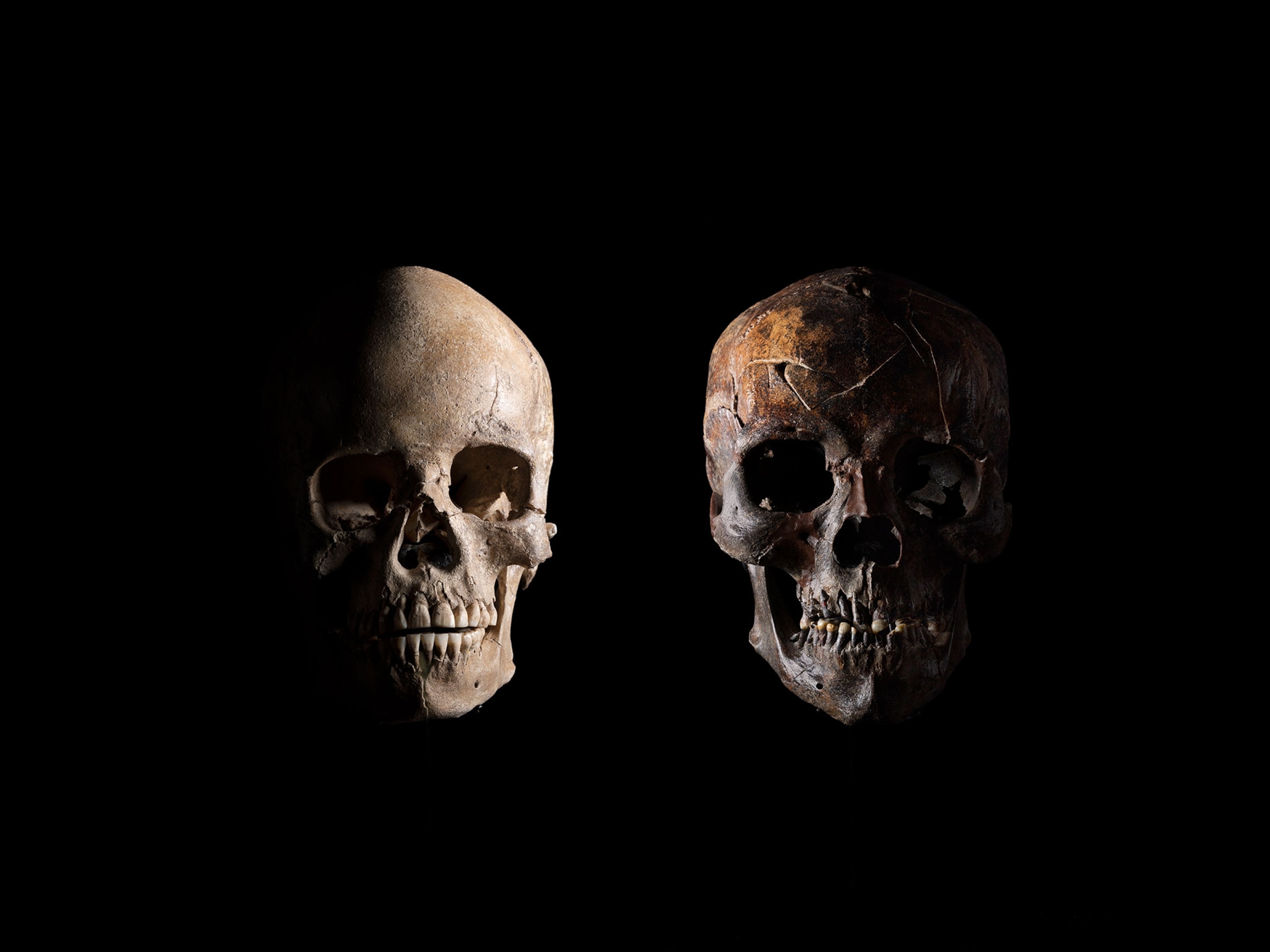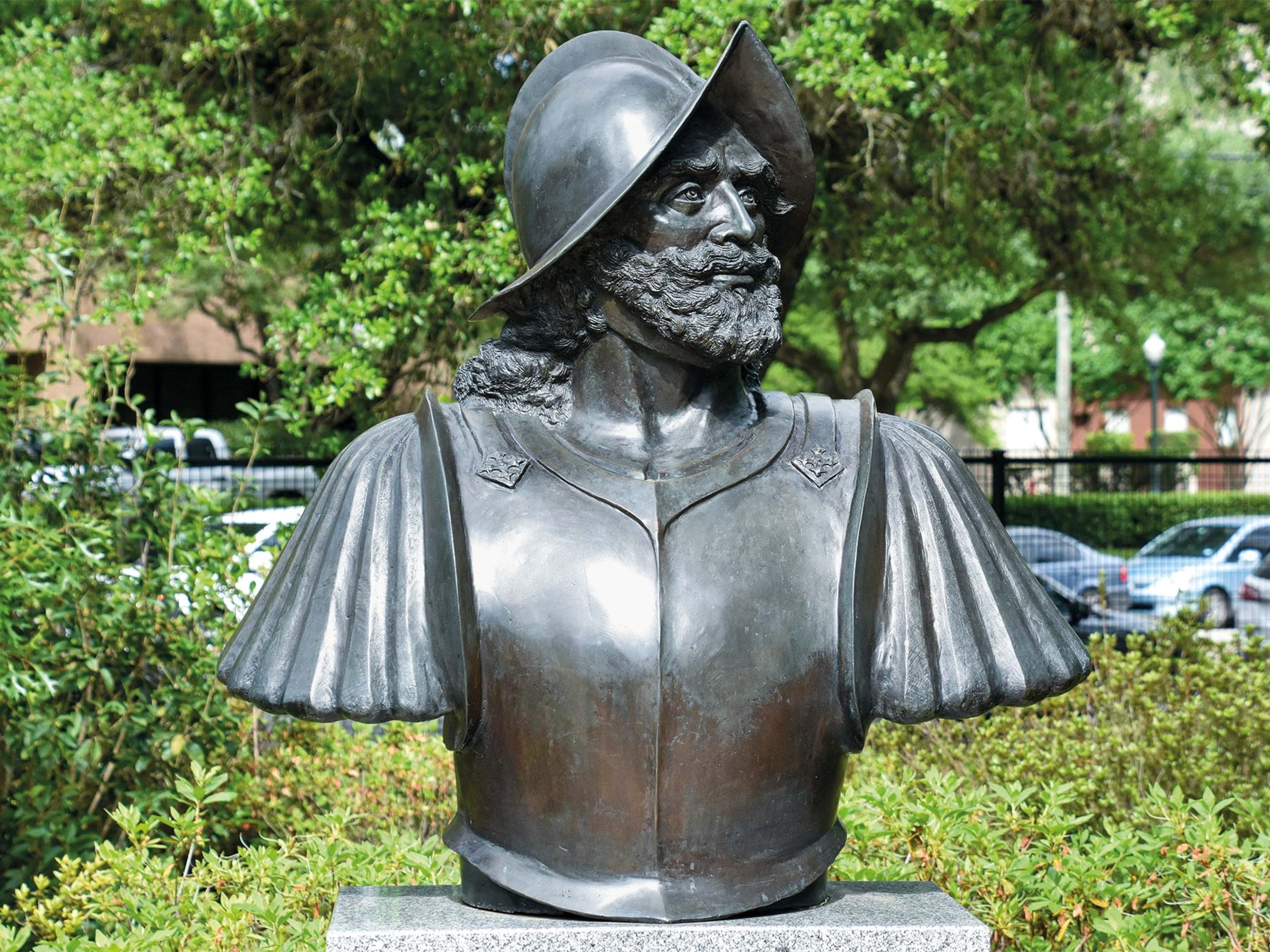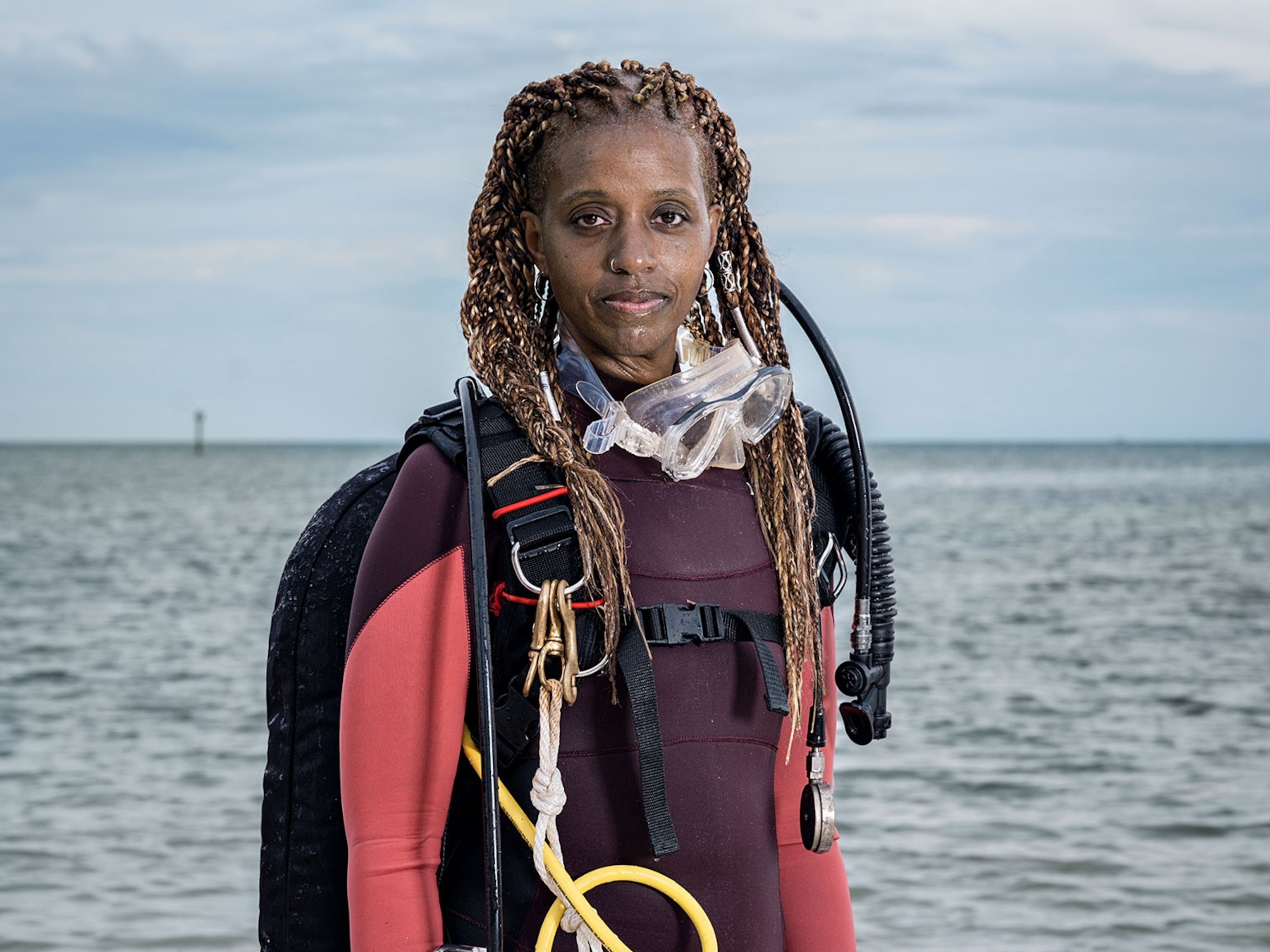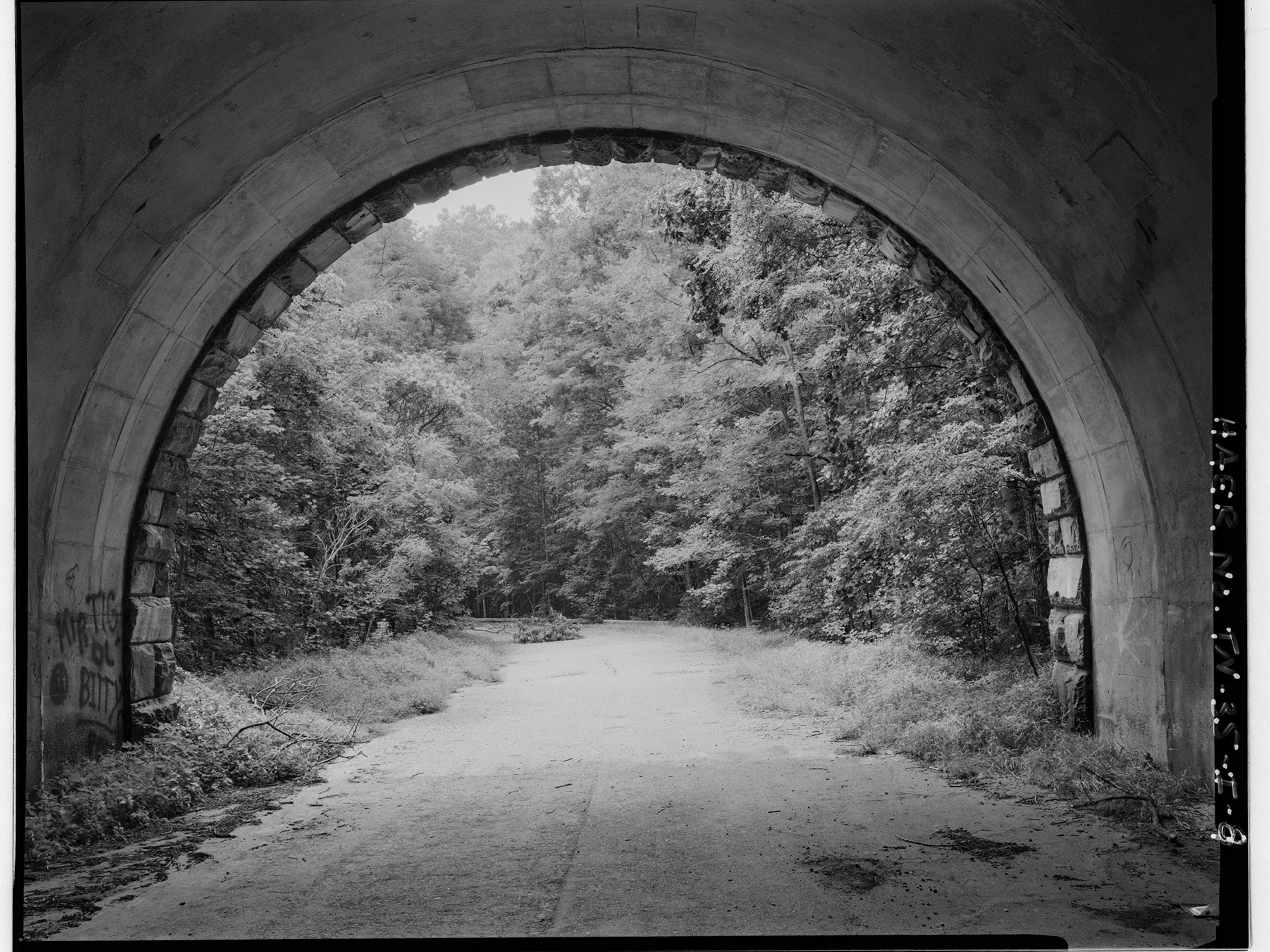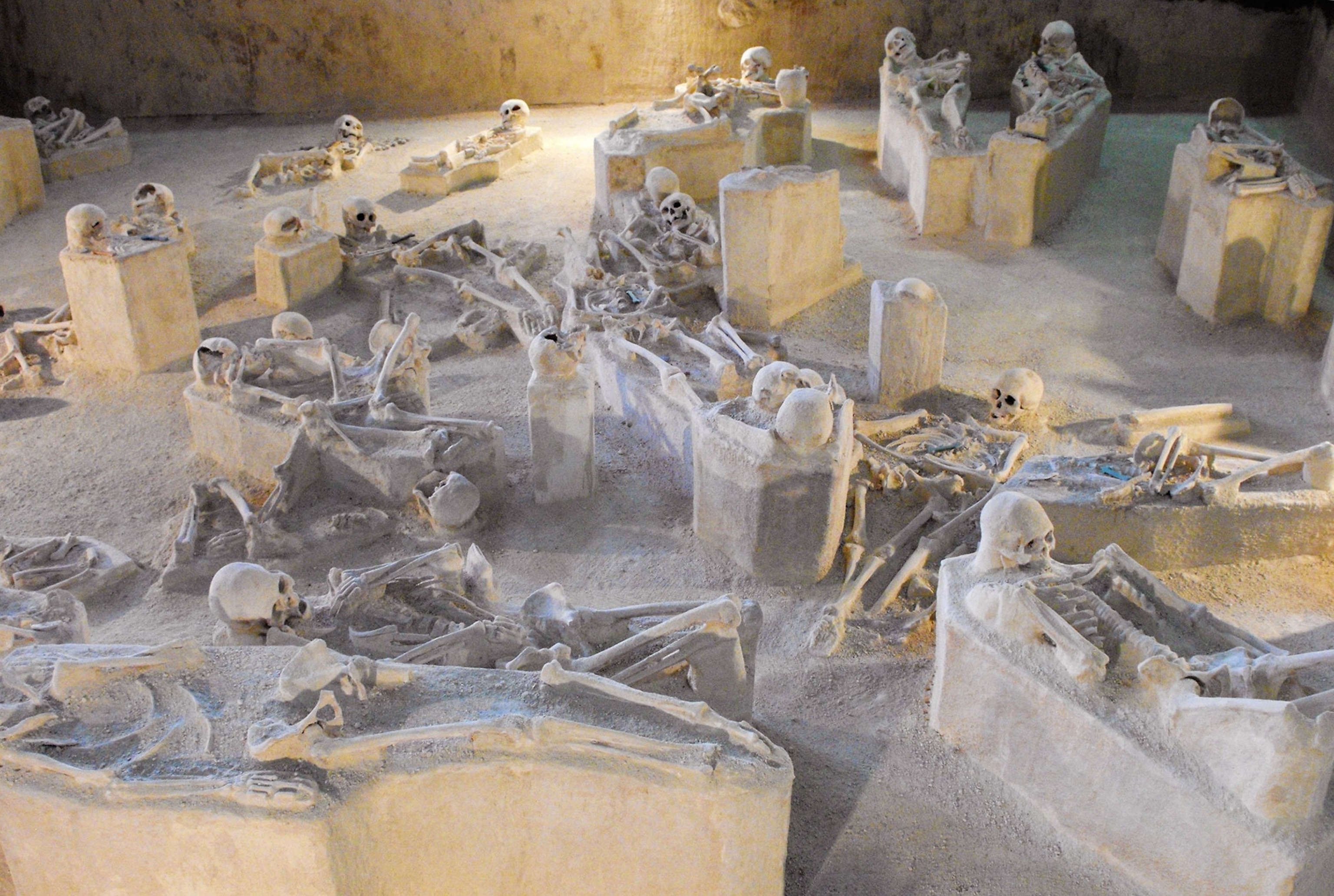
Tracing Slaves to Their African Homelands
From Caribbean sugar plantations to the South Atlantic island of St. Helena, researchers are unlocking the long-kept secrets of enslaved peoples.
More than twelve million people crossed from Africa to the New World as slaves. Historians know a good deal about the African ports where they embarked, the slave ships that carried them across the ocean, and the destinations of these enslaved peoples.
But they know surprisingly little about where in Africa these masses of people originally came from.
Now, thanks to recent advances in genetic techniques, scientists are filling in this important gap in the tragic African diaspora.
“This will change our understanding of population and migration histories,” says Hannes Schroeder, a biological anthropologist at the University of Copenhagen. “What was just potential is now being fulfilled.”
One example comes from a 17th century cemetery on the Dutch side of the Caribbean island of St. Martin. When archaeologists excavated the site in 2010, they noticed filed teeth in the skulls of two men and a woman. The three individuals were between 25 and 40 years old when they died in the late 1600s.
Since teeth filing was a common practice in sub-Saharan Africa, it was a good bet that the individuals were enslaved Africans brought to the colony in the days of sugar plantations.
Just five years ago, that would have been the end of the story. An attempt to extract DNA from the skeletons to learn more about their identity would have been quixotic, since hot and humid weather degrades genetic material.
“These were badly preserved,” said Schroeder. “They had been laying under a Caribbean beach for four hundred years.” By contrast, biologists in 2012 readily sequenced the entire genome from Otzi, the frozen “ice man” who died in the Alps five thousand years ago.
After months of careful work, however, Schroeder’s team was able to extract DNA from the St. Martin individuals using a new procedure called whole-genome capture. Devised at Stanford University in California, this technique concentrates the degraded genes, providing enough material to sequence.
By comparing the results with a database from modern-day Africans, the researchers determined that all three people came from different parts of that continent. One of the men likely came from what is today northern Cameroon, while the other man and the woman may have originated in Ghana or Nigeria to the south.
The results showed that the slaves, who may have traveled on the same ship, were a mix of ethnicities likely speaking mutually unintelligible languages.
The scientists failed to pinpoint the origin more exactly because the genetic database of modern Africans is limited and far less developed than that for Europeans.
Schroeder says that as the African database improves, it will be simpler to identify the homelands of individuals captured and shipped to the Americas. Ancient DNA from West Africa, which is also still sorely lacking, could strengthen the accuracy, he added.

Finding the Freed Slaves of St. Helena
Schroeder and a team of researchers are now investigating human remains from St. Helena, a British colony in the South Atlantic most famous as Napoleon’s place of exile.
You May Also Like
In the early and mid-19th century, the British Royal Navy patrolled the African coast to intercept slave ships. More than 26,000 slaves on board these vessels were taken to St. Helena from 1840 to 1872. Between 5,000 and 8,000 died after their ordeal on the seas and were buried on the island.
During recent construction of a new airport, archaeologists found 325 individuals in 178 graves who appear to have been among the people who were freed only to die shortly thereafter.
“This is a unique window into the transatlantic slave trade in the era of abolition,” said Marcela Sandoval-Velasco, a University of Copenhagen researcher involved in the project.
Out of 63 tooth samples, Sandoval-Velasco and her colleagues managed to extract DNA from 20 people, including 17 males and three females.
All but two were Bantu speakers probably from West Central Africa, though not all from the same groups. “The findings suggest that these people were of multiple origins,” said Sandoval-Velasco. “But we need more extensive sampling from Africa to understand the slave-trade dynamics of the time.”
Meanwhile, an international team is analyzing the St. Helena bones using other methods, such as isotopic analysis, to discover what their shape and makeup might say about the enslaved Africans’ origins, diet, and overall health.
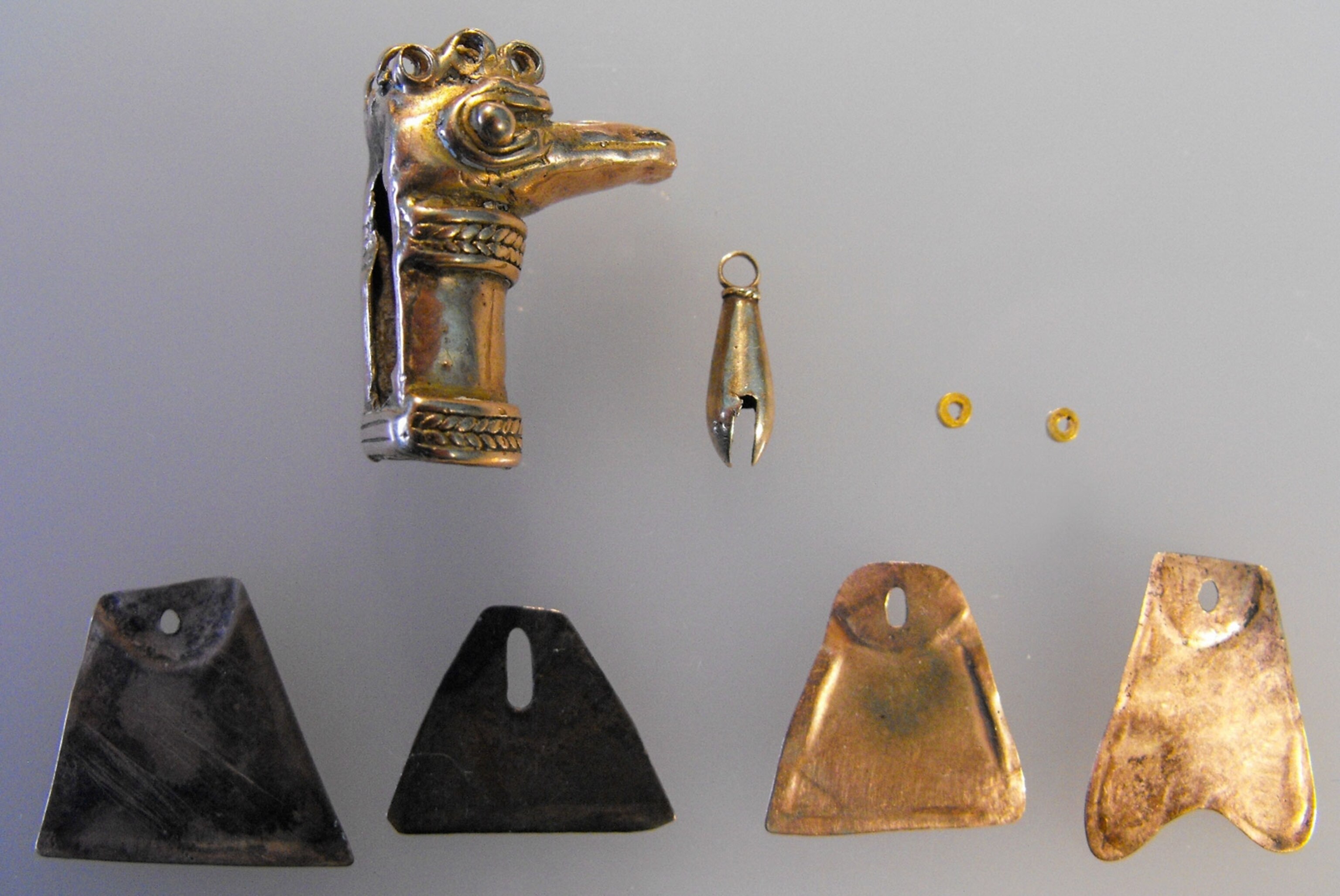
Secrets of a Multicultural Cuban Cemetery
Such methods also will help illuminate how and where Native Americans were enslaved in the early centuries of Spanish and Portuguese colonization of the New World.
In an early 16th-century cemetery in southeastern Cuba called El Chorro de Maita, archaeologists found 133 people in 108 burials. This is the only cemetery in Cuba known to include native Taino people, according to Roberto Valcarcel Rojas at the Netherlands’ University of Leiden, who has studied the remains and artifacts.
Isotope analysis suggests that individuals came from West Africa and Mesoamerica, as well as from Cuba. The Mesoamericans may be from Mayan populations on the Yucatan peninsula, and their presence in Cuba points to a European-run slave trade that included today’s Mexico as well as Africa.
So far, Schroeder has attempted without much success to extract DNA from ten Cuban samples. "We were able to confirm the Native American identity of a handful of individuals, but to be able to trace their specific origins we need more data," he said.
Schroeder and his colleagues are optimistic that new techniques ultimately will liberate the genetic heritage of enslaved peoples, an important history that otherwise went largely unrecorded. “In the not too distant future, we hope we can say more,” he said.

